
I'm not going to listen to opinions about AI from people who don't use AI.

I'm not going to listen to opinions about AI from people who don't use AI.
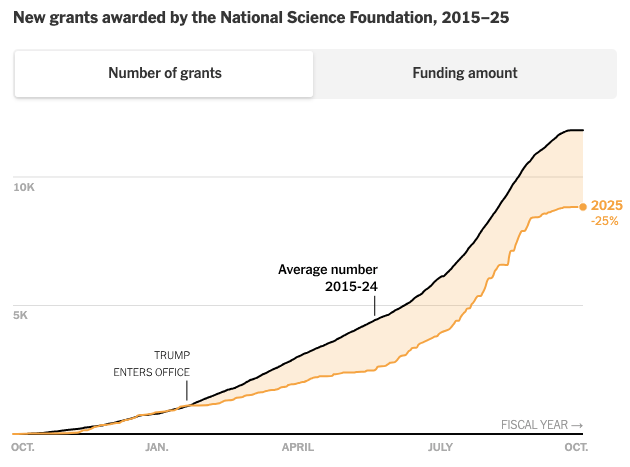
R updates (R Data Scientist, R+AI conference, RWeekly, rOpenSci), Posit open source investments, AI in academia, science, biology, and labor, science funding cuts, bedder bedtools, many new papers

A new Consensus Study Report from the National Academies of Sciences, Engineering, and Medicine is now available: The Age of AI in the Life Sciences: Benefits and Biosecurity Considerations.
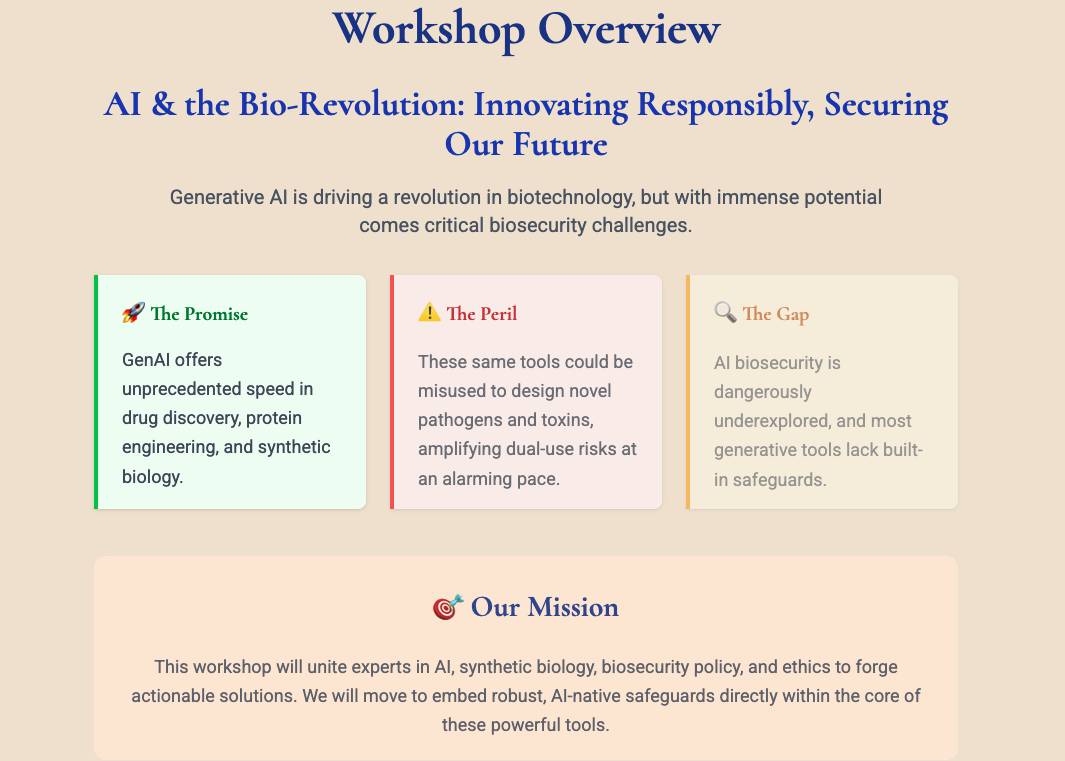
Accepted papers from the NeurIPS 2025 Workshop on Biosecurity Safeguards for Generative AI (BioSafe GenAI 2025)

R updates (R Data Scientist, R+AI conference, R weekly), Claude 4.5 Opus, Genesis Mission, AI+science, AI updates (Posit, AI Data Scientist), missing heritability, AI+edu, biotech, AIxBio, new papers
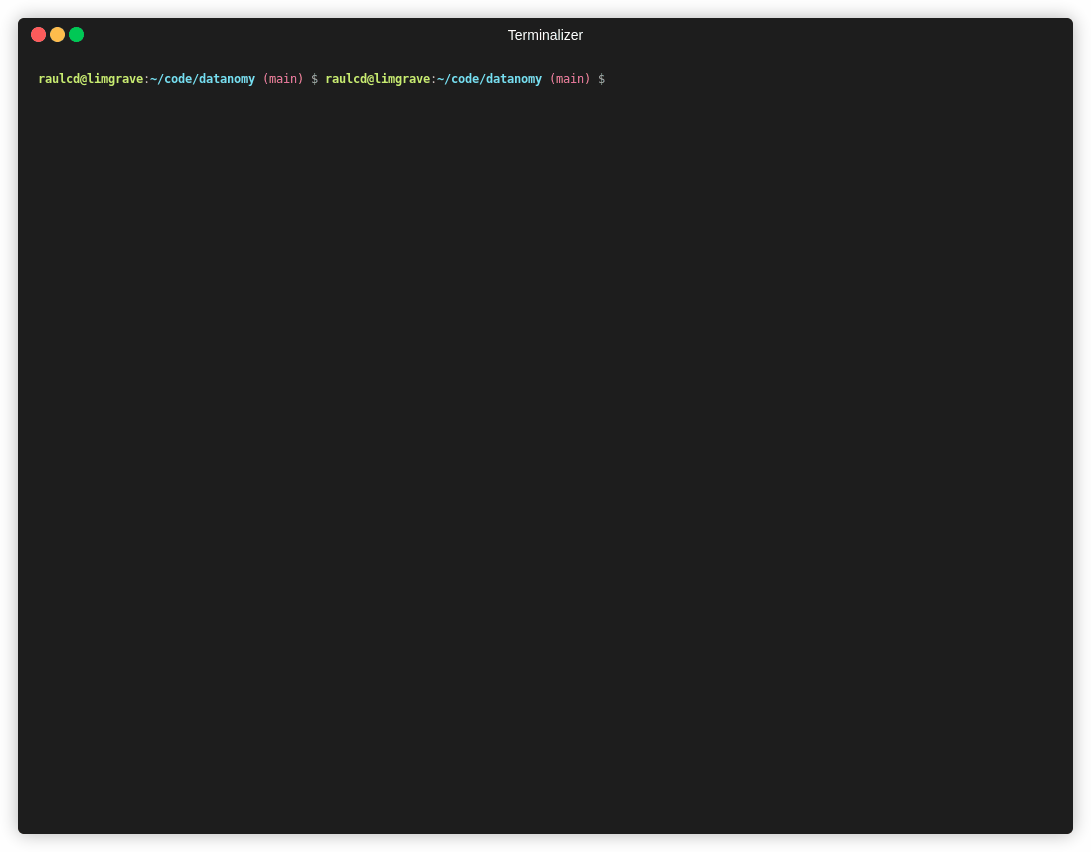
R updates (R Data Scientist, R weekly)
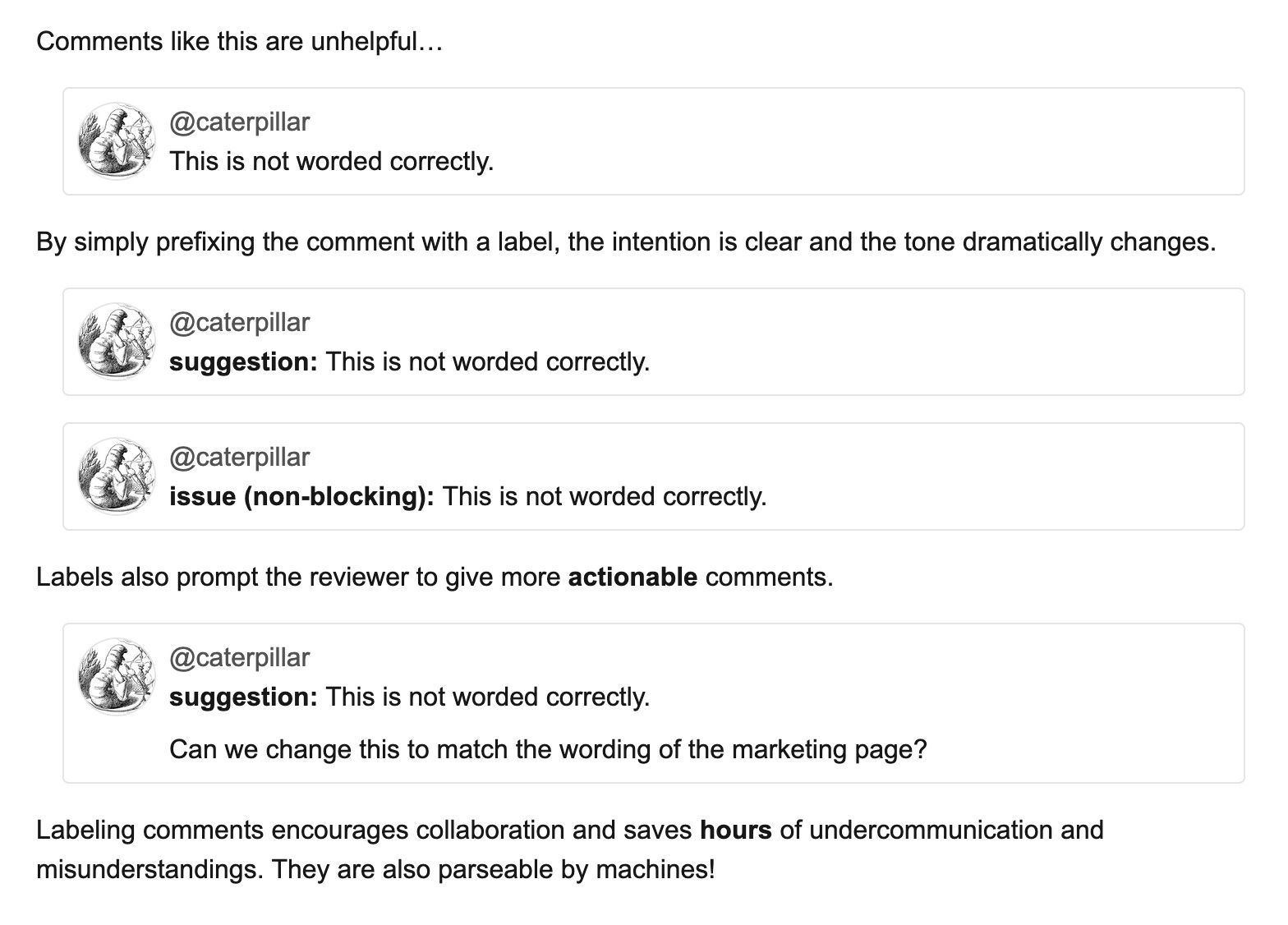
Conventional Comments provides a framework for offering clear and actionable feedback in peer review

posit::conf(2025) & Nextflow Summit talks, bioRxiv+medRxiv AI reviews, R updates (R Data Scientist, R weekly), Claude Scientific Skills, Python package development for R users, new papers &

29 talks from the 2025 Nextflow Summit are now available on YouTube
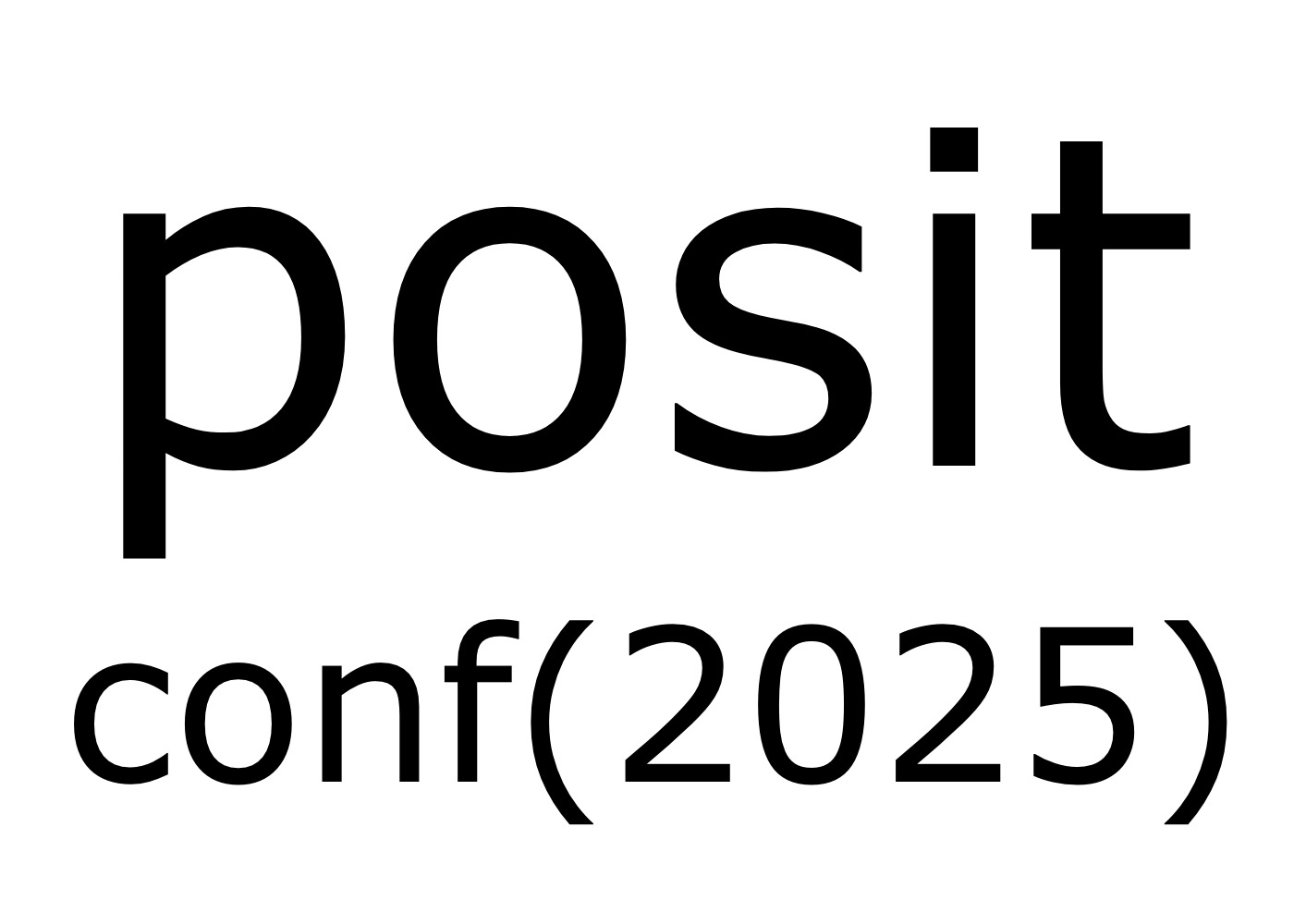
Over 100 recorded talks from posit::conf(2025) are now available on YouTube